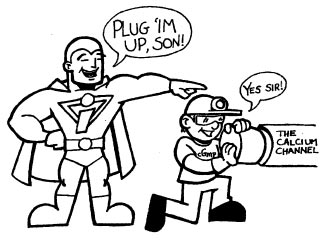When I was in nursing school, we were given a long list of cardiac medications and told to put each one on a 3×5 card with its generic name, trade name, classification, adult dose and side effects. That memorization process was how we were supposed to “learn” cardiac medications.
During my long stay in nursing school, I have seen many students struggle with the mathematics of drug calculations. As someone who had previously struggled with the numbers I have been quite successful in explaining this material to students who hate numbers.
I saw the need for Simplified Heart Sounds when I was studying for the CCRN test. Having worked in ICU and studied critical care I was generally familiar with the cardiovascular system. But questions on heart sounds stumped me. I just couldn’t absorb the facts of heart sounds. That dilemma inspired this pamphlet.
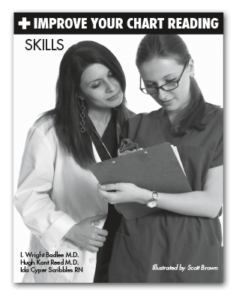
Note to self… buy this book, and improve your chart reading skills.
by Malcolm Rosenberg, RN
with the help of:
– I. Wright Badlee, MD
– Hugh Kant Reed, MD
– Ida Cypher Scribbles, RN
$3.95
I have dealt with charts every single working day for the past fifteen years. During that time, it always seemed like there was one nurse who everyone would seek out if they were stuck. Its the nurse who could decipher any scribble, figure out why two different nephrologists were consulted on different days, or find a code status in the middle of the ER progress notes. This pamphlet will not transform you into that nurse, but it will plant the idea that chart reading is a learnable skill, that can be practiced and mastered.
Can you read this?
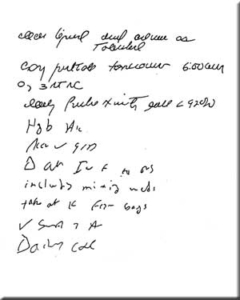
A very brief and complete explanation of mechanical ventilation. by Malcolm Rosenberg, RN | Illustrations by Scott Brown $7.95 About eight years ago, I worked on a monitored pulmonary floor that had four ventilator beds. My formal training was minimal, so I learned on the job, as best I could. As a beginner, I asked […]
Typically, blood gases are taught by having students memorize relational statements like this one, “If the pH is low and CO2 is high, then the condition is …” This is a quick and easy method which is usually as quickly forgotten as it is learned.
You already have a good idea of the things blood does. You know red blood cells deliver oxygen and remove carbon dioxide. And white blood cells fight infection. To reach all 6 trillion cells, blood vessels have to cover a lot of distance. Our vasculature, the highway of our blood is 60,000 miles long. If […]
For the beginning or moderately experienced ICU nurse, there is no better explanation of Hemodynamics. Is that claim outrageous? Consider the following:
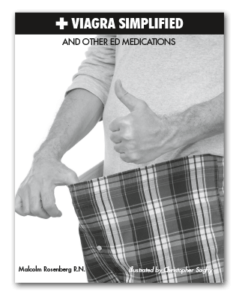 “When everybody was telling Viagra jokes, I felt the impulse to write a book explaining the subject.”
“When everybody was telling Viagra jokes, I felt the impulse to write a book explaining the subject.”
by Malcolm Rosenberg, RN & Ralph Zagha, MD
$7.95
I never said Viagra® was as important as arterial blood gases, heart sounds, hemodynamics or any of the topics covered in my nursing books. But the inspiration was the same.
A paragraph from the introduction best describes the book: “The goal of this book is to explain the physiology, pathophysiology and pharmacology of an erection. We will look at how an erection works, why sometimes problems occur and how medication and treatment can address them. If you understand how erections work, you can seek treatment more intelligently when they don’t work.”
Excerpt from Expanding Pudental Artery chapter
You may remember that Viagra®, Cialis®, and Levitra® are phosphodiesterase inhibitors. They inhibit phosphodiesterase, namely PDE5. They help establish and maintain erections by “inhibiting” phosphodiesterase from stopping the second messenger as it tries to plug the calcium channel. I know that is confusing. Pictures show it better than words.
We have a new character,
The Inhibitor.
The Inhibitor is flying through the blood stream and sees phosphodiesterase stopping cGMP plug the calcium channel. He lands on the pudendal artery…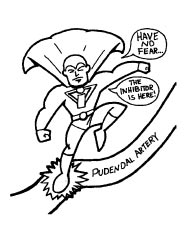
and he tells phosphodiesterase to get out of there…
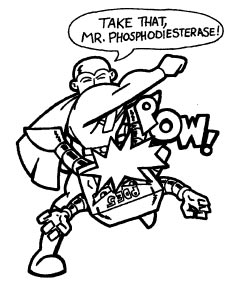
so cGmp can plug up the calcium channel. Now we have an erection.
